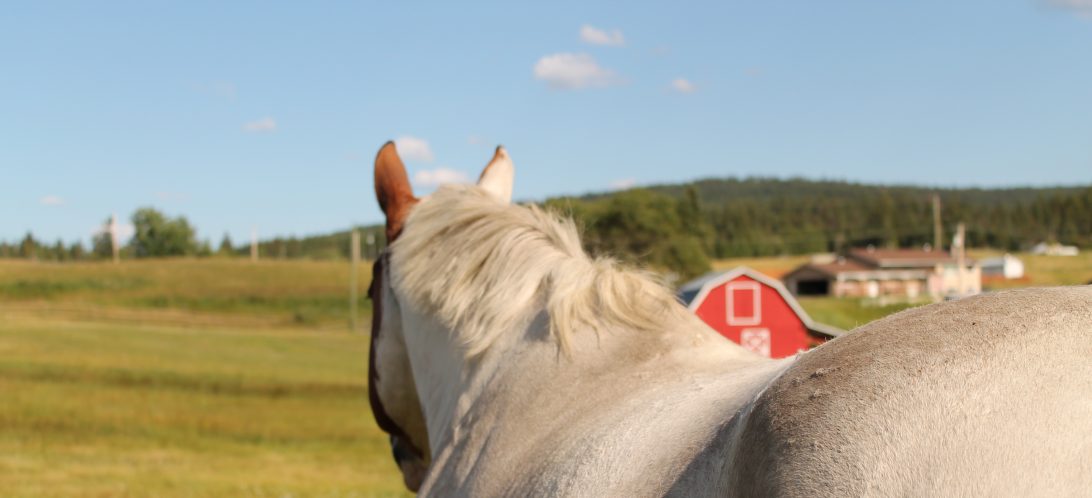The readings this week seem to have the overarching theme of: Oversexualization of gender and it’s performance where the exploitation of young girl’s Halloween costumes and the hunky lead role of an action flick are two sides of the same coin. Both are subject to the male gaze, or the male audience to desire. In Neale’s, “Masculinity as a Spectacle”, he disagrees that the male lead is an erotic desire, instead that the male audience will project a sort of narcissism onto the male character, as to recognize himself in the image of the screen. A separate but not entirely different desire. Green goes on to mention in his writing, “Malefunction”, that while they don’t necessarily agree with Neale, there is the same theme of the audience’s projection of identification and slotting in ‘eroticism’ where the male characters are just fantasies of the narcissism of the audience but are instead”…bound up by heterosexual male scenario”. As in, western gunfights ( Lonesome Dove, Wanted Dead or Alive) or admiration of heroes ( 300, Gladiator ) or even rivalry ( Troy) instead of only being bodies to look at as with female characters. Heterosexual men control the cinema where their images are placed on the screen to be identified with and recognized as their own idea of the masculine performance. While Katz’s “Porn Chic’ doesn’t quite fall under the same category as the other two, the article shares the theme of oversexualization. Meaning the young girl’s been culturally manipulated to seek attention and interest from the male audience at a young age, ie. Sexy Halloween costumes.
While there is the connection of homosexual voyeurism and the implications of that in Neal and Green’s writings, I did not include that as it isn’t present in Katz’s writing.
A new concept to emerge from reading the material this week has been that masculinity and hyper-masculinity is as toxic to young boys as it is girls. Going back to the first week with the movie about the young boys ( unfortunately, I cannot find the name ) really opened my eyes. I felt pity and frustration for those kids unable to relieve their emotions naturally and forced to bottle it up. Thinking ahead and how I might use this material in life is not to react poorly when someone lets their walls down and tears up.
Growing up with many siblings and cousins who the majority were male, seeing one cry if injured, frustrated or faulted would result in being ganged up on. That was life back then on the farm. They’d have to ‘man up’ even if it was something traumatizing ( there were so many broken bones that were ‘manned up’ ) or broken hearts. Thinking back, it was wrong of my elders to treat the young boys like this and I realize it now. Young boys should be able to cry when sad, happy or angry. Not letting them is wrong on so many levels and affects them later in life.
